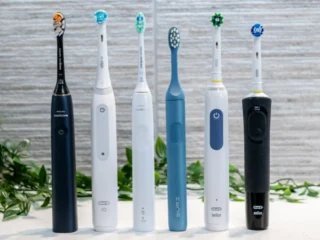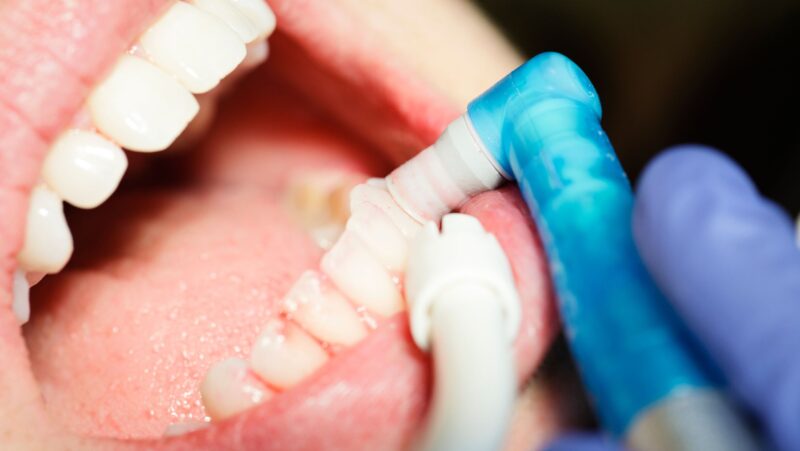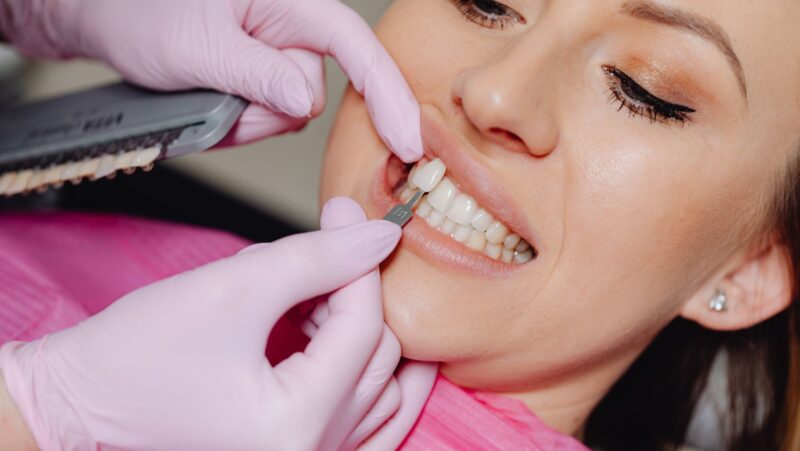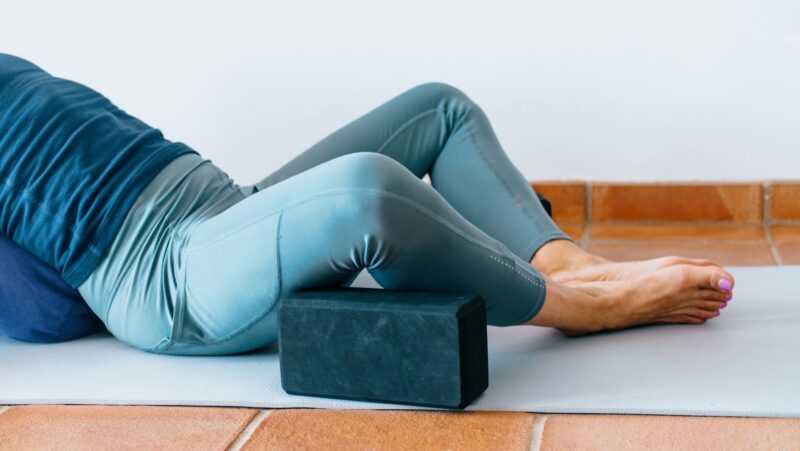
Massage is an excellent way to relax muscles and promote overall wellness. Today, many people seek professional massage services for their therapeutic benefits. Massage represents the ideal combination of technique, complementary elements, and therapeutic relief. In the modern world, this therapy improves blood circulation and promotes physical recovery. The benefits of massage include reducing stress and improving overall well-being.
Many people equate massage with simple relaxation; however, massage is much more than that. Massage goes beyond simple touch and circular movements. It is integrated into various medical rehabilitation and wellness programs. Even spa treatments incorporate massage techniques for rehabilitation and deep relaxation.
The many benefits of massage are valuable for anyone seeking therapeutic support. Massages differ in their techniques and methods, serving various purposes. Using the proper techniques can help promote relaxation or address chronic pain in the long term. Understanding these differences is crucial for anyone concerned about their health and wellness.
Core Benefits of Massages – More Than Just Relaxation
Massage is a unique solution for people seeking relaxation and tension relief. In the modern world, people face stress and emotional exhaustion daily. Using various therapeutic techniques helps restore emotional balance and improve overall condition. Professional massage services, like Nuru massage New York, offer many benefits for recovery and emotional stability. Regular sessions serve as an effective tool for maintaining preventive health.
Understanding the benefits of massage is crucial for anyone seeking to enhance their health and wellness. This therapy provides health improvements relatively quickly. Massage is an excellent way to increase energy and reduce stress. Here are its key benefits:
- Improved blood circulation. Massage stimulates blood circulation and delivers oxygen to tissues throughout the body. It helps the body deliver nutrients to essential tissues and organs.
- Reduced muscle tension. Massage is an effective way to reduce muscle tension over the long term. It relieves knots, spasms, and stiffness that occur due to physical stress and poor posture.
- Improved lymphatic drainage. Massage is an excellent method for enhancing toxin removal from the body. Enhanced lymphatic drainage helps reduce swelling, promoting healthier skin and reducing inflammation.
- Better sleep quality. Additional benefits of massage include improved sleep quality. Massage is an effective method for calming the nervous system. It helps improve sleep quality and reduce cortisol levels.
- Reduced stress and anxiety. Massage helps reduce cortisol levels and increase beneficial neurotransmitter levels. People who have a massage feel noticeably less stressed and experience improved mood and mental clarity.
- Recovery from injuries. Massage is ideal for both recreational athletes and professionals recovering from injuries. It helps restore tissue mobility and flexibility after strains and sprains. This is an effective method for improving tissue elasticity and significantly benefits joint health.
Foundational Massage Concepts
Understanding massage concepts is helpful for people interested in their health and wellness. Massage is based on specific principles that encompass technique, pressure, and therapeutic intent. Massage is used to reduce tension, improve long-term health, and strengthen muscles. This reduces tension in the body and enhances mobility throughout the musculoskeletal system.
Various massage techniques serve unique purposes and offer distinct benefits. Here are the fundamental massage concepts:
- Myofascial release is a fundamental technique that focuses on softening connective tissue and reducing restrictions in the body. This technique improves range of motion and reduces chronic pain patterns.
- Trigger point therapy is the central concept of applying direct pressure to specific areas. This pressure releases painful muscle knots, providing immediate relief and improved muscle function.
- Key concepts include stimulating blood circulation and reducing oxidative stress throughout the body. Massage is ideal for increasing oxygen flow to hard-to-reach areas, removing metabolic waste, and reducing cellular stress.
- Modulation of the nervous system occurs through slow, deliberate movements throughout the body. These movements shift the body into a relaxed, parasympathetic state, promoting healing and recovery.
- Massage is a holistic approach that integrates with the body as a whole system. Massage considers physical, environmental, and emotional factors that affect each person’s health and well-being.
Types of Massages Explained – A Guide to Popular Modalities
There are different massage types designed to provide physical and emotional benefits. Different techniques serve unique purposes and address specific health needs. Choosing the right type offers significant benefits and therapeutic relief. Understanding the types of massages explained helps clients select the modality best suited to their needs.
Many people experience chronic pain and require specific treatment approaches. Others seek relaxation and relief from muscle tension. Understanding the types and their differences is crucial for effective treatment. Clients can choose a method that meets their therapeutic goals, whether for relaxation, athletic performance, or clinical rehabilitation. Here are the main types and popular modalities that are worth exploring:
- Swedish massage. This type of massage is ideal for people seeking deep relaxation and stress relief. Therapists typically use smooth, gentle movements to relieve stress and promote circulation. This massage is often performed in conjunction with aromatherapy and soft, ambient lighting.
- Deep tissue massage. Deep tissue massage is one of the most effective modalities for relieving chronic pain. It targets the deeper muscle layers to release chronic tension and adhesions. This massage helps reduce muscle knots and alleviate chronic pain over time.
- Sports massage. Sports massage is popular among both recreational exercisers and professional athletes. It helps improve athletic performance and aids recovery after intensive training sessions.
- Shiatsu massage. This massage uses specific pressure points to balance energy pathways throughout the body. This type of massage is unique and popular with those who prefer alternative therapeutic approaches.
- Thai massage. Thai massage combines stretching and acupressure techniques to improve flexibility and mobility. It is both physically and emotionally therapeutic for many people seeking holistic treatment.
- Lymphatic drainage massage. Understanding the various types of massages explained is the best way to choose the most suitable treatment option. Lymphatic drainage massage involves light, rhythmic strokes that improve fluid movement through the lymphatic system. This massage helps reduce swelling and alleviate discomfort associated with inflammation.
The Key Differences Between Massage Types
Each massage type is unique and tailored to individual needs and therapeutic goals. Massage modalities may share some similarities in manual techniques and basic approach. However, the goals, techniques, and sensations vary significantly between different types. The differences depend on many factors, including the pressure applied and the treatment area being addressed.
Clients can achieve their desired results by carefully selecting the appropriate massage type. This choice depends on physical needs, tolerance level, and various therapeutic goals. Understanding the differences provides a personalized and effective treatment experience. Here are the key differences between massage types:
- Intensity of pressure affects the choice between different massage modalities. Light massage employs gentle techniques, such as Swedish massage, to promote relaxation and stress relief. Deep tissue massage targets the deeper layers and focuses on relieving chronic pain and promoting muscle rehabilitation.
- Treatment goals also differ based on whether the focus is relaxation or pain management. A client may choose a massage for injury rehabilitation or for relaxation and stress relief.
- Massage techniques are distinguished by their style, which may involve smooth strokes, compression, or stretching techniques. Some modalities may include trigger point release, focusing on pain relief, and promoting functional improvement.
- Integration of specialized tools is another difference between massage techniques. Hot stones, bamboo sticks, cupping, and other tools may be incorporated depending on the modality and treatment goals.
What to Expect from a Professional Massage
Professional massage is an excellent way to achieve physical or emotional wellness goals. Today, professional massage therapy uses a structured approach to achieve optimal results.

Professional massage is performed exclusively by trained therapists following established protocols. A comfortable, safe, and appropriate environment is created for each client. It is helpful for people to know what to expect from a professional massage, especially for first-time clients.
- Initial consultation is a standard practice to review a patient’s medical history and current health status. The therapist gathers information about pain points, areas of concern, and treatment goals for the session.
- Customized pressure is adjusted for each client according to their comfort level and tolerance during the session. The therapist will regularly check in to ensure the pressure is appropriate throughout the treatment.
- Professional draping involves treating the targeted area while maintaining appropriate coverage for privacy. This process ensures client privacy and comfort throughout the entire session.
- Professional massage therapy ensures a clean, calm, and welcoming environment for every client. Appropriate room temperature, controlled lighting, and strict hygiene standards are maintained at all times.
- Client communication is encouraged throughout the session to ensure comfort and effectiveness. Clients can request adjustments to pressure at any time based on their comfort level. Clients may also receive hydration recommendations, stretching guidance, or schedule follow-up appointments as needed.












